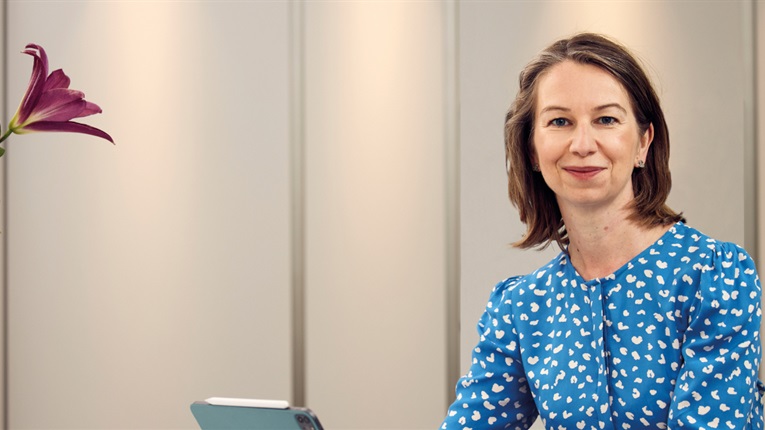In this blog, our Chief Actuary, Shalin Bhagwan, shares his thoughts on the key themes in the Purple Book 2023 and what these could mean for us and the wider DB universe.

In the past year, defined benefit pensions have come back into the spotlight. From last Autumn’s gilt market crisis through to this year’s Mansion House reforms and the Chancellor’s Autumn Statement last month, it’s been a significant year for the DB pensions world. Underpinning these developments has been the material changes we’ve seen to aggregate scheme funding.
This year’s publication of the Purple Book – now in its 18th edition – is timely against this wider backdrop, and the data provides an opportunity to take stock and reflect on how the landscape has changed for defined benefit schemes.
Aggregate scheme funding has materially improved
This year’s Purple Book confirms the same broad story that we, through our monthly 7800 Index, and others through different measures, have seen in the past year, namely a significant improvement in aggregate DB scheme funding.
The 2023 Purple Book shows that the net funding position on a section 179 basis of the DB universe schemes improved to a surplus of £358.9bn in the year to 31 March 2023, with more than 80 per cent of schemes in surplus. This increase was mainly the result of rising gilt yields driving down liability values.
But that isn’t to say that there aren’t some reasons for caution. The rising tide has not lifted all boats uniformly and there are some stressed schemes which have likely been left further behind.
We’ve also seen continued interest in the impact of last autumn’s LDI market disruption on scheme funding. However, it will take some time before the full impacts – both on individual schemes and wider scheme funding – are known.
Despite this, the overall picture is clearly more positive and has improved at pace. This year’s report showed a year-on-year acceleration in the improvement in the net funding position. In 2022 there was a surplus of £193bn and in 2021, the surplus was £47bn.
Many schemes are moving closer to their endgames
Just as the PPF has entered a maturing phase, the wider DB universe looks to be similarly moving into a new phase with many schemes accelerating towards buyout funding levels. In the year to 31 March 2023, the aggregate funding ratio increased over the year from 113.1 per cent to 134 per cent.
In the last year, we’ve seen the number of DB schemes in the universe fall from 5,131 to 5,063 as result of schemes winding up, merging or claiming on the PPF. The DB universe remains highly fragmented, with a long tail of smaller schemes. Schemes with fewer than 1,000 members make up 80 per cent of the total number of schemes but only around 10 per cent of total assets, liabilities, and members.
The ultimate end goal, rightly, for schemes is to make sure member benefits are paid in full. The question now, in light of a maturing universe, is how this is best achieved. Many of these schemes will view insurer buyout as the target end destination and a critical part of their journey will be reducing risk and volatility.
The trend towards de-risking has continued
The trend towards de-risking investments is long established and one that we’ve long tracked. This year’s Purple Book shows that schemes in the universe have continued to invest a large proportion (69 per cent) of their assets in bonds.
There was also a small decrease in the proportion of assets invested in equities from last year (18 per cent compared to 19.5 per cent last year), although the split between bonds and equities has been broadly stable since March 2020. Within equities, the proportion invested in private equity has risen to 29.5 per cent, however the proportion of assets invest in UK-quoted equities has fallen to a record low of 7.6 per cent.
Recent improvements are likely to further drive this along. This though doesn’t align with the government’s objective to increase pension investment in productive finance. It is also increasingly recognised that buyout might not be the right solution for all schemes. As more and more schemes reach the ‘entrance’ for buyout in relatively short order, smaller schemes are likely to find themselves increasingly at the back of the queue.
Opening up more endgame options for DB schemes
Against this backdrop, opening up alternatives for schemes unable to access existing solutions will be important. Commercial consolidators and run-on have a role to play but we also believe a public sector consolidator, run by the PPF, will make an important contribution.
A new vehicle could help schemes to achieve their ultimate objective (i.e. securing members’ benefits) and additionally support the government’s wider objectives, including greater investment in productive finance. Getting the design of the new vehicle right will be vital.
The government has said it wants to consult on the design of, and eligibility for, the new vehicle this winter with a view to establishing it by 2026. There’s lots of detail to work through, and we look forward to engaging with government and industry on this in the coming months.



